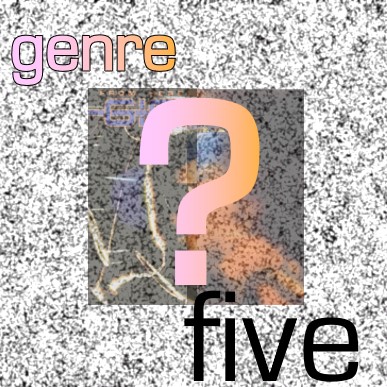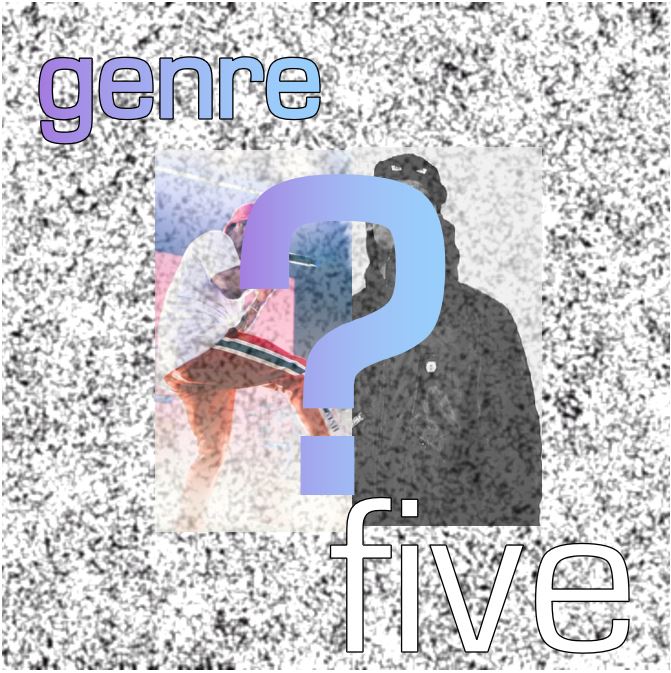Last Updated on 05/12/2020

Nowadays, the whole world and his mum seems to love a bit of techno. Intercept any smoking area in the UK and you’re bound to find an edgy hinge boy who LOVES a bit of Helena Hauff (and isn’t afraid to tell you).
Don’t get me wrong, this is a wonderful thing – techno has erupted into the mainstream in an exponential way over the last few years, evolving and merging with so many exciting new sounds, and as a fan of the genre, this can only be seen as a positive.
But today, I thought it’d be nice to reflect on where it all started; to go back to ‘80s Detroit, and make my case for the top 5 techno classics to come out of this world-changing, industry-defining city.
5. Cybotron – Alleys Of Your Mind
In 5th place we have Cybotron’s Alleys of Your Mind. I’m aware that this is a highly unoriginal choice, and it’s not even an especially good representative of what the genre would become: but as what’s often regarded as the first “Detroit techno” track to ever be produced, you can’t not mention it. (It also absolutely slaps).
Cybotron comprised Juan Atkins (one of the Belleville Three, Detroit techno’s founding fathers), his first partner Rick Davis (an avant-garde producer and Vietnam War veteran who’d created his own studio and released music under the name ‘3070’), and John Housley. Atkins and Davis met in music classes at Washtenaw Community College, both of them drawn to futuristic sounds and technologies. Alleys of Your Mind certainly embodies the beginnings of the techno movement; with a BPM of 127, it just about slides into the usual 120-150 range, although it’s obviously on the far calmer side of the scale. The synthesizers produce more of a Moroder-eseque disco feel: the influences of house, new wave and funk that drove so much of early techno are palpable in this track.
This is Detroit tech in its infancy; it feels slicker and more glamorous than the darker, more introverted, industrial sounds to come, but it hasn’t aged a day.
4. Rhythim Is Rhythim – It Is What It Is
On to founding father number two, Derrick May (producing here under one of many aliases, Rhythim is Rhythim) with It Is What It Is (1988). This is such an underappreciated track; whilst Strings Of Life or The Dance are regarded as May’s seminal tracks, for me, It Is What It Is encapsulates everything he stands for as an artist. At the risk of sounding like a wanker, it really is just such a sonic journey. The first half of the track feels like a rave on a spaceship; the synths have the feel of a retro video game, like something out of Aesteroids. But as we progress, things take a euphoric turn; mesmerising strings are overlaid on the skitzy drumbeat, creating something at once disjointed and completely harmonious.
3. Reese & Santonio, Truth Of Self Evidence
Time for a contribution from founding father number one – the infamous Kevin Saunderson. Truth of Self Evidence was released under his Reese pseudonym, in collaboration with DJ and producer Santonio Echols. Treading the line between acid house and techno, this track illustrates the generic and technical fluidity of the Detroit scene.
The frantic synths, percussive layering and random sound effects make this a super fun track, but it’s the sampling of Martin Luther King that makes it especially meaningful. Sampling from speeches, news reports, documentaries – all of this has become commonplace in modern electronic music, but more often than not they’re used for aesthetic purposes, adding an interesting sonic layer, but not much else.
This couldn’t contrast more with Saunderson’s sample. Describing the first time he heard Truth of Self Evidence, second wave Detroit tech legend, Stacey Pullen, explains
“Detroit techno is Black Music. When I heard MLK’s vocals, it was such a powerful feeling. At that time no one thought of putting MLK’s vocals on a techno track, so this was definitely a statement song. WE BLACK AND WE PROUD.”
Detroit techno owes everything to the black producers who conceived of it. It’s a genre inherently linked to the black experience in Detroit, a city with a deeply racist history. Federal policies in the 1940s legally contracted African American citizens to reside in the city’s underdeveloped districts, exacerbating the already pronounced economic hyper-segregation; the decline of Detroit’s crucial automobile industry only heightened financial destitution, and years of police brutality all culminated in the ‘67 riot, with renewed protests along 12th Street, the centre of the disturbance, erupting in ‘68 following MLK’s assassination.
“We hold these truths as self evident”; these words from Martin Luther King’s I Have A Dream Speech build and rise throughout the track, tying the disparate beats and strings together. “I have a dream that one day this nation will rise up and live out the true meaning of its creed: “We hold these truths to be self evident, that all men are created equal” – a painfully ironic conviction from the US Declaration of Independence. The repetition of this phrase has an incredibly significant dual function, at once reinforcing its blatant truth – that the equality of humans is blatantly a self evident fact which should be acknowledged – and reflecting the painful, relentless frequency with which civil rights protestors had to repeat this truth in an attempt to be heard.
2. Carl Craig, A Wonderful Life
Carl Craig – not only a leading figure in second wave Detroit techno, but arguably one of the most impressive and innovative musicians of the 21st Century. From off-kilter breakbeat rave tracks to proto drum n bass, Craig has influenced the underground electronic music scene in infinite ways – but it’s his interest in synergising orchestral and electronic music that makes him so unique.
As a man so interested in futurism and technology, Craig’s fascination with the world of classical music has often been viewed as a bit of a paradox. But far from contradictory, I think this appreciation epitomises his ability to think beyond the binaries that so many of us lazily accept as fact. For Craig, it’s not the machines that make techno inherently modernistic and forward thinking, but the ideology behind it: “You can be futuristic with a guitar and a flanger,” he says. “It’s not the instrument that’s futuristic; it’s the idea behind what’s played that makes it so”.
These classical undertones drive A Wonderful Life. The choral samples are enchanting, inducing a near religious experience in the listener. If you could rave in Cologne Cathedral, it might sound a bit like this.
1. Underground Resistance, Jupiter Jazz
Not only one of my favourite tracks from Detroit, but one of my favourite tunes of all time. Underground Resistance are arguably the most important collective to have ever come out of the city. Started in ‘89 by soon-to-be titans “Mad” Mike Banks, Jeff Mills and Robert Hood, the group brought techno into the socio-political realm, using their artwork as a form of advocacy and resistance. UR spoke to the psyche of ‘80s Detroit, a city devastated by the fraught socioeconomic inequalities that characterised the Regan-era. UR spoke to the young black male in Detroit; they wanted to offer music that represented hope, a militant rejection of the system, but also which provided an alternative male identity, moving away from hypermasculanity and towards self expression, introspection and individual authenticity.
Mills and Banks were always interested in the overlap between techno and jazz, drawing inspiration from early experiments with synths by jazz legends Herbie Hancock and Stevie Wonder. Banks would go on to develop nu jazz under Galaxy 2 Galaxy, but UR represent the beginning of this ‘hi-tech jazz movement’, combining sax, drum machines and distorted bluesy rhythms to create something completely unheard of.


